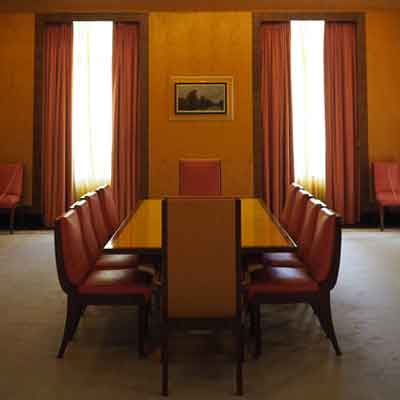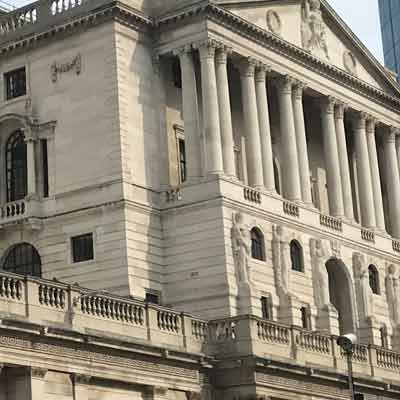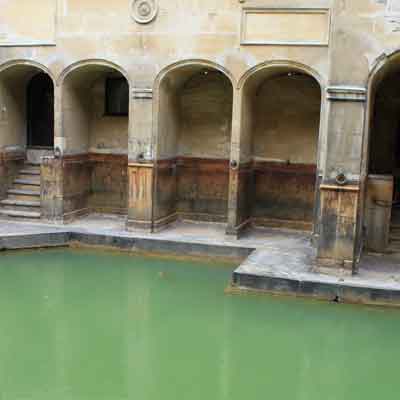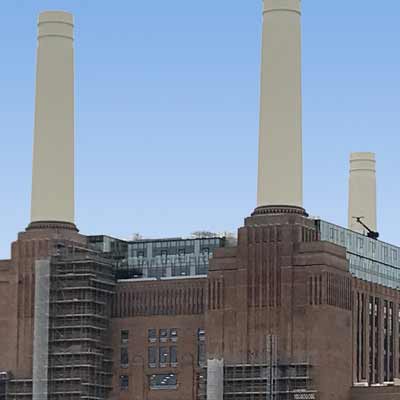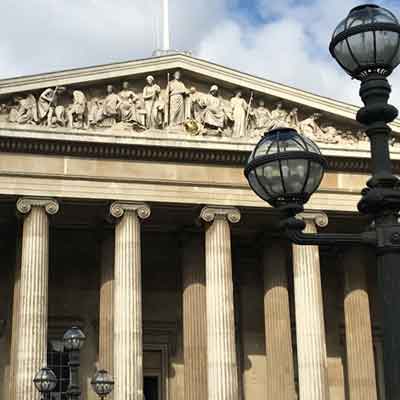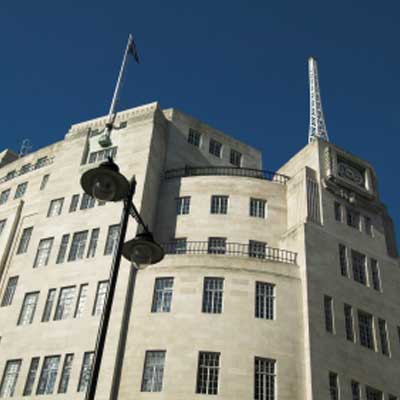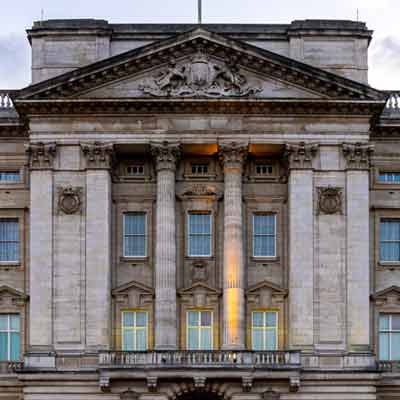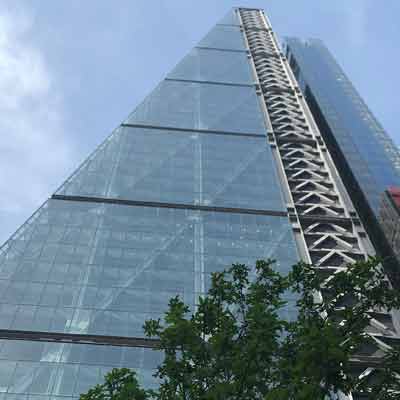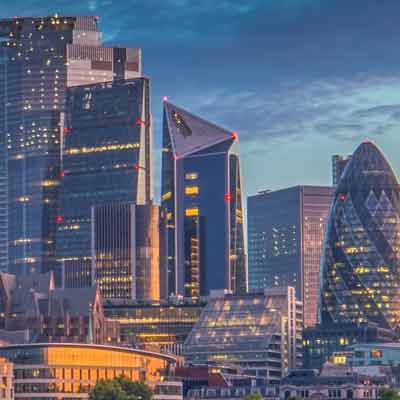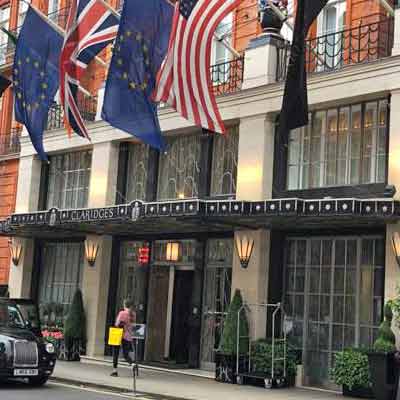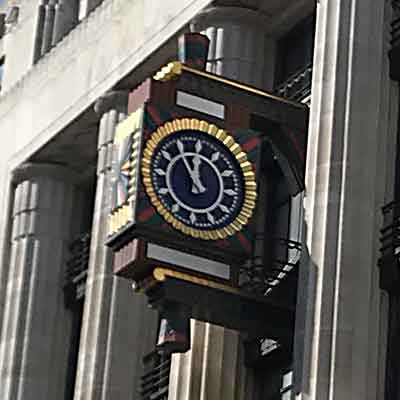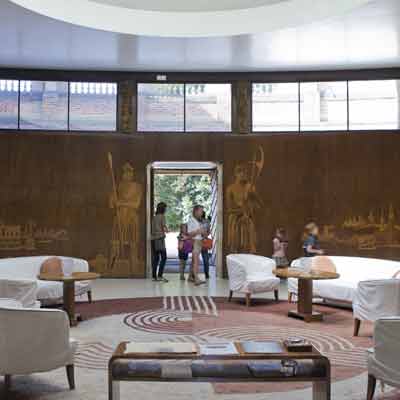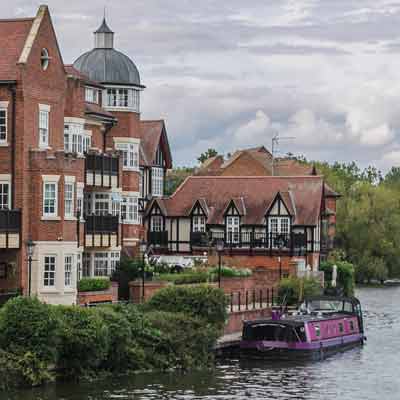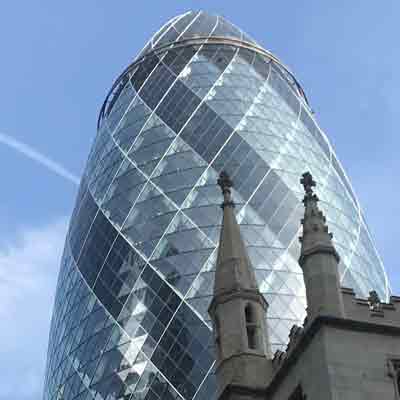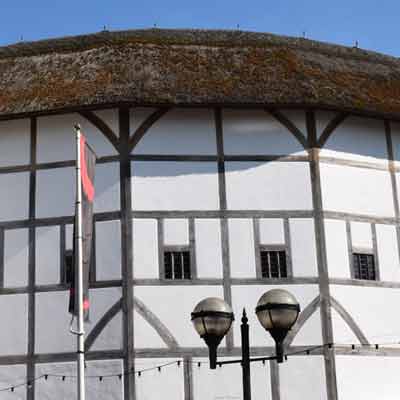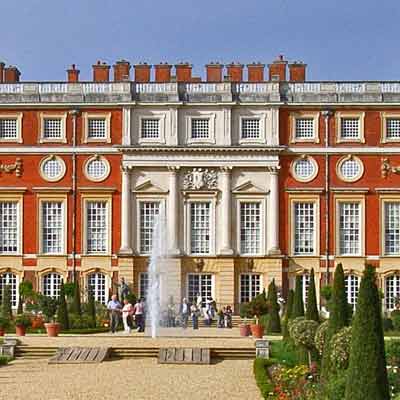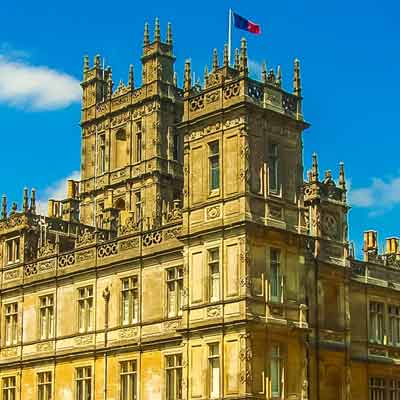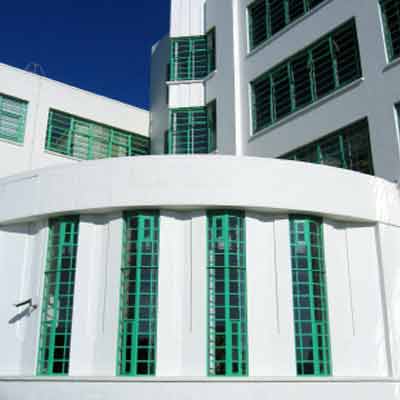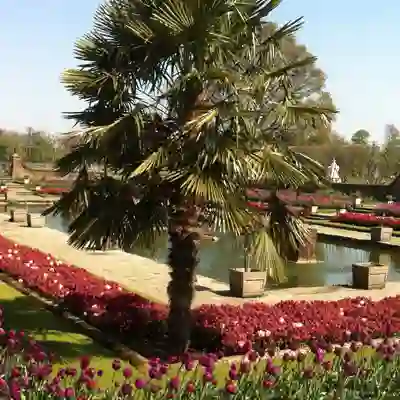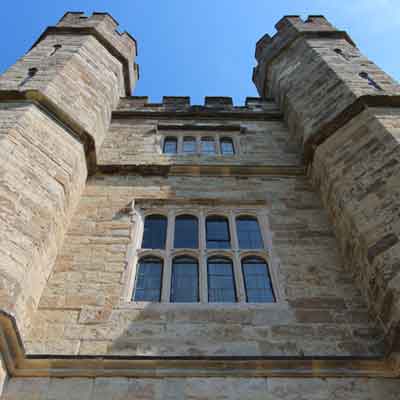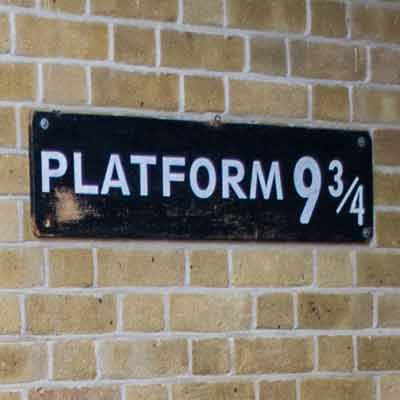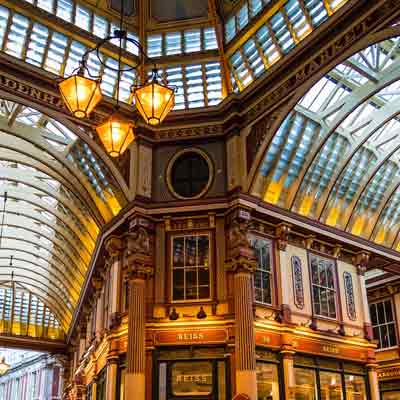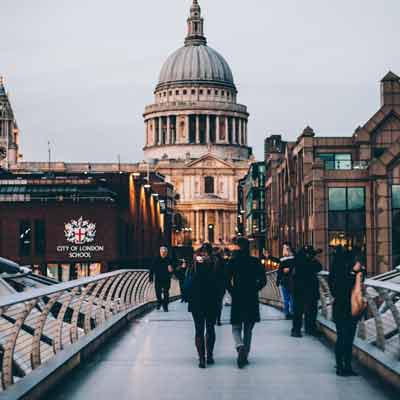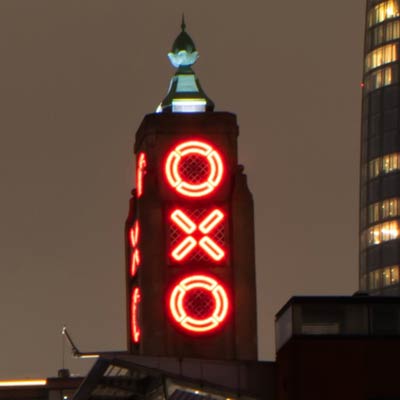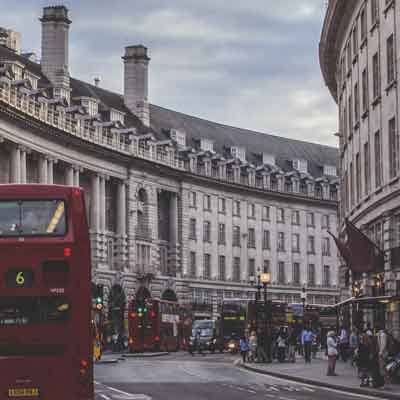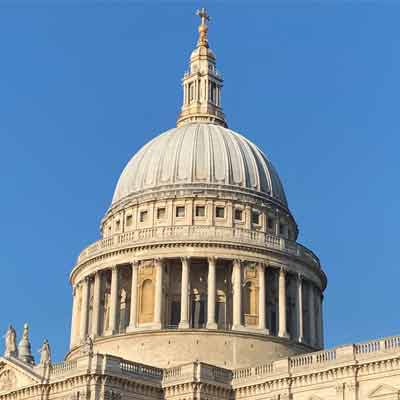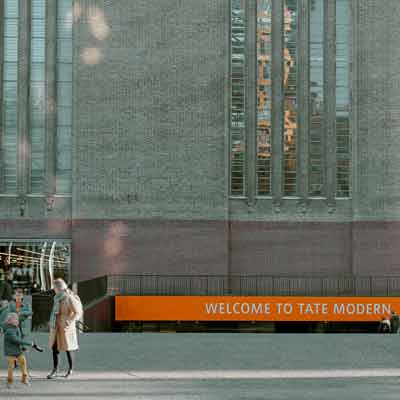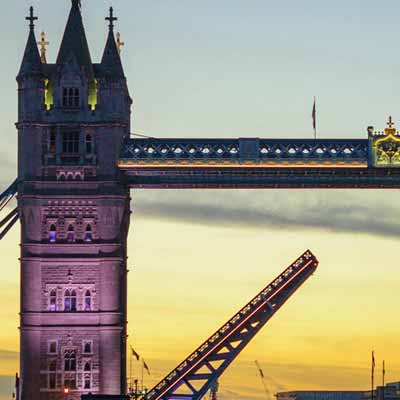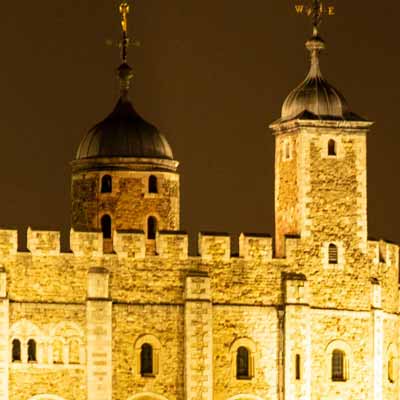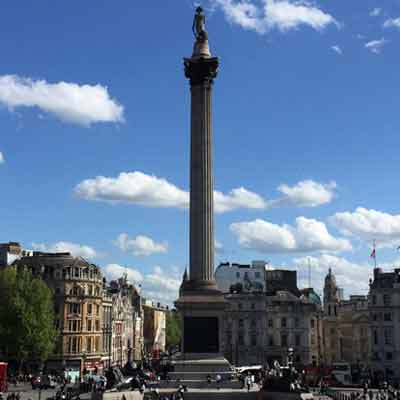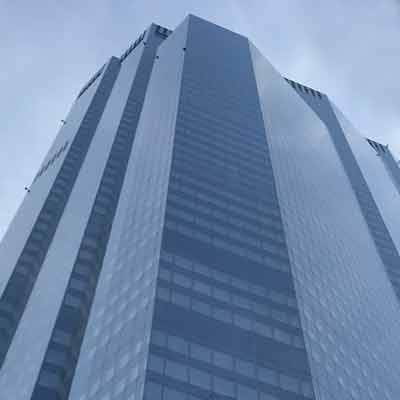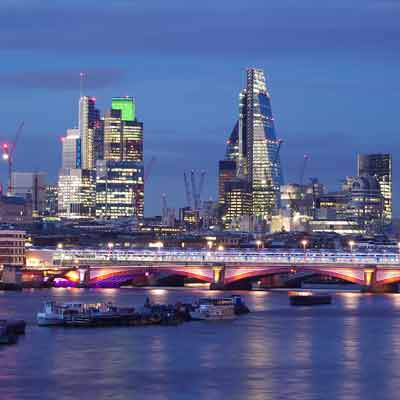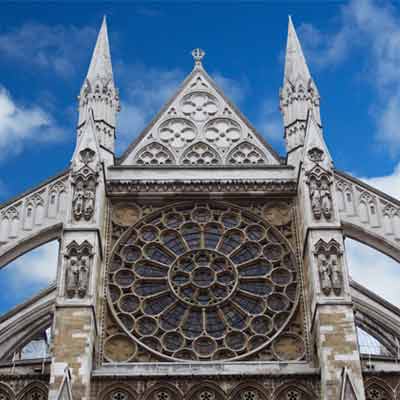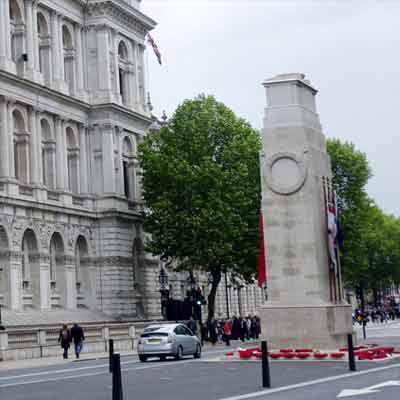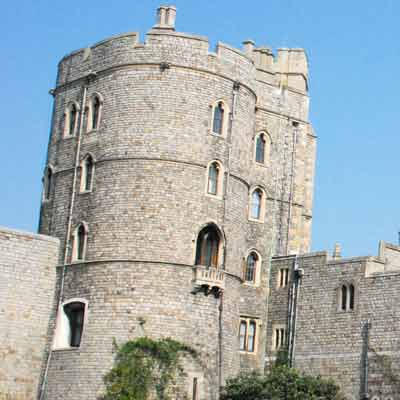London Architecture
London is famous as one of the great World Cities, part of its fame comes from London’s rich architectural heritage. The Romans established London as a small trading port in 45 AD.
Roman London contained a Bath House, Temples and an Ampitheatre. Little of the Roman city of London is left to see today. But there are several sites in the City of London where Roman London can be glimpsed. Part of the London Wall which surrounded the Roman city is still standing and below the City the Temple of Mithras can be visited. The earliest standing building in London is The Tower of London, which was built in the 1070s by William the Conqueror. It still remains a powerful symbol of authority and is a building of architectural importance.
From a small village, centred around the City, London has expanded in all directions. Each part of London has its own unique architectural character. The East End of London was an area of London that welcomed various groups of refugees and emigrants. The area has streets of 17th century houses which testify to the success of these groups who set up businesses in the developing city and thrived.
Soho is an old part of London with its own character. Developed in the seventeenth century, amid the vibrant cafes, restaurants and night life there are still many large seventeenth and 18th century houses to be seen. The area also contains fine London squares and important churches. Theatreland in the heart of London has a wide variety of architecturally important buildings, many built in the eighteenth and nineteenth centuries. It’s a great area to walk around and take in the character of the area.
Every area of London is rich in church architecture, the London churches cover all architectural periods from the Medieval Westminster Cathedral through to St Paul's built in 1675 and Christ Church Spitalfields built in the early eighteenth century.
The parks of London are part of the architectural planning of London with Regent's Park and St James's Park both developed as part of John Nash’s plan for the area around Regent Street and the Mall. Built in the 1800s the area has a fine row of colonnaded buildings looking onto St James Park.
Outside the main City area houses were built in what was then the countryside. Areas such as Pimlico, Hampstead, Notting Hill Gate and Campden were built and offer a range of architectural styles and urban planning initiatives. So get exploring!
Short on time? Discover the best of London in ONE DAY on this Westminster & City tour. Includes views of St Paul's Cathedral, Buckingham Palace, Big Ben and Westminster Abbey.
Walking Tour with Public Transport
Downton Abbey fans rejoice! Tour Highclere Castle, the real Downton, sip tea, and explore filming sites like Oxford, Bampton village, and the Cotswolds' prettiest village, Castle Combe.
Chauffeur Driven Car
No more Heathrow blues, iconic sights await! Rub shoulders with royalty at Buckingham Palace and delve into politics at Parliament. Hear tales of past and present, from castles & kings to pop stars and historic cathedrals. Craft your own London tale—book your tour today!
Black Cab Tour
See London in style and enjoy a private, 5-star chauffeur experience in an electric hybrid London taxi. A knowledgeable City of Westminster Guide will tailor your tour to your interests, showcasing iconic landmarks like Buckingham Palace and the Tower of London. Capture amazing selfies and receive complimentary souvenir photos. Book your unforgettable London adventure today!
Black Cab Tour
A private walking tour through the heart of London to hear about the scientific discoveries which took place here and shaped the world we know today.
Walking Tour
Unveil timeless charm! Immerse yourself in Windsor Castle's grandeur-State Apartments, St George's Chapel, and the majestic Long Walk. Across the Thames, step into Eton's historic lanes, where generations of scholars have walked, and soak in the legacy of this esteemed school.
Chauffeur Driven Car
Whizz past London's icons in a luxury car! Buckingham Palace, Tower Bridge, St Paul's Cathedral-pack it all in on our custom drive-thru tour, perfect for short stays. Choose your theme-royals, parks, architecture, or even Harry Potter!
Chauffeur Driven Car
From Windsor Castle's opulent chambers to Stonehenge's whispering giants, uncover England's grandeur! Witness royal history, ponder prehistoric puzzles, and stroll charming Windsor streets. Savour afternoon tea, soak in scenic countryside, and escape to the past.
Chauffeur Driven Car
Swap the train for the trail and unwind on this fascinating greentrail walk, linking London's royal parks, hidden squares, and vibrant markets. Breathe deep in Regent's & Hyde Park, uncover whispers in Lincoln's Inn Fields, then shop Spitalfields' past & present.
Walking Tour
Immerse yourself in Harry Potter's London: stroll Diagon Alley's Leadenhall Market, soar like Ron & Harry at Piccadilly Circus, and stand where snakes hissed at the London Zoo. Then, a thrilling Warner Bros. Studio Tour–explore Hogwarts sets, marvel at original costumes, and relive movie magic!
Chauffeur Driven Car

 Book Tour
Book Tour